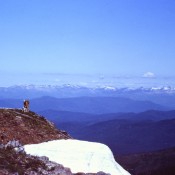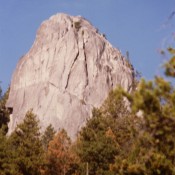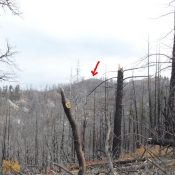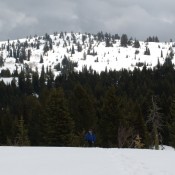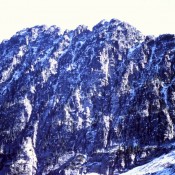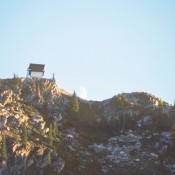
Climbing and access information for this peak is on Pages 60-62 of the book. Snow Peak is a rugged summit with over a thousand feet of prominence. The peak was first used as a fire lookout in 1929. The current structure was built in 1963. Trails approach the peak from several directions. USGS Montana Peak … Continue reading
